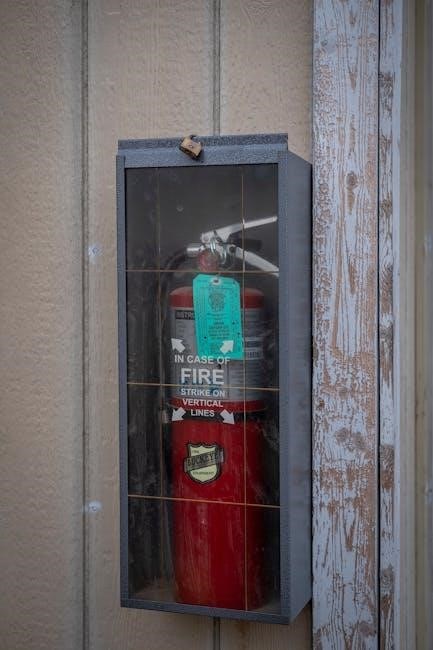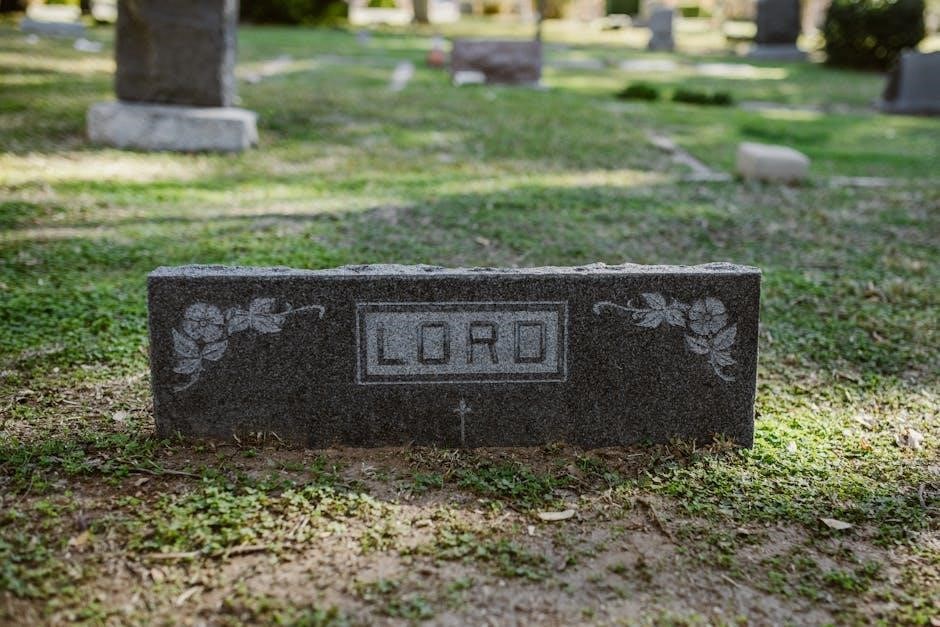Understanding fire extinguisher types and uses is crucial for safety. Different extinguishers tackle specific fire classes, ensuring effective suppression. This guide offers insights into various extinguisher types and their applications, aiding in selecting the right one for various fire hazards in homes and workplaces.
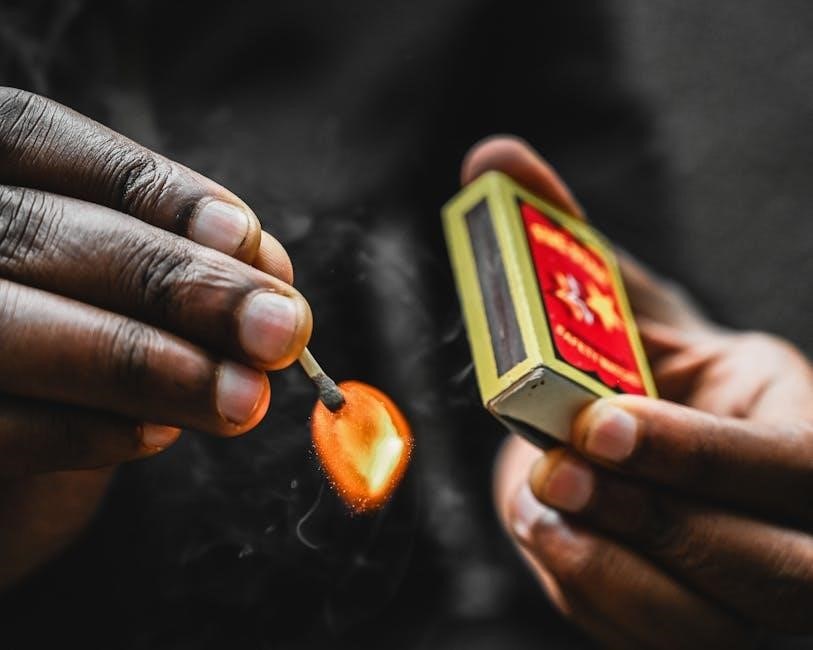
Types of Fire Extinguishers
There are five main types of fire extinguishers: water, foam, dry powder, CO2, and wet chemical. Each type is designed for specific fire classes. Selecting the correct extinguisher is vital for effective fire suppression. Proper training is essential for safe and efficient operation.
Water Fire Extinguishers (Class A Fires)
Water fire extinguishers are specifically designed for Class A fires, which involve ordinary combustible materials. These materials include wood, paper, textiles, and certain types of plastic. Water extinguishers work by cooling the burning material below its ignition temperature, effectively stopping the combustion process. The water absorbs heat, reducing the temperature and preventing the fire from continuing to burn.
These extinguishers are most effective on solid materials where the cooling effect of water can penetrate and extinguish the flames. They should never be used on Class B fires (flammable liquids), Class C fires (electrical fires), or Class D fires (combustible metals). Using water on these types of fires can be extremely dangerous and could potentially worsen the situation. For example, water can spread flammable liquids, conduct electricity, or react violently with certain metals.
Water extinguishers are easily identified by their red color and are commonly found in locations where Class A fire risks are prevalent, such as offices, schools, and warehouses. Regular inspection and maintenance are crucial to ensure they are ready for use in an emergency. These extinguishers are an essential component of fire safety for managing common combustible materials.
Foam Fire Extinguishers (Class A and B Fires)
Foam fire extinguishers are versatile tools designed to combat both Class A and Class B fires. This dual capability makes them a common choice in environments where both ordinary combustibles and flammable liquids are present. Foam extinguishers work through two primary mechanisms: cooling and smothering.
For Class A fires, the foam acts similarly to water, cooling the burning materials to reduce their temperature below the ignition point. However, the added advantage of foam is its ability to create a barrier that prevents reignition. In Class B fires, the foam forms a layer over the flammable liquid, cutting off the oxygen supply and preventing the flammable vapors from reaching the ignition source. This smothering action is crucial for extinguishing liquid fires safely and effectively.
It’s important to note that foam extinguishers should not be used on electrical fires (Class C) due to the risk of electrical conductivity. They are also not suitable for fires involving combustible metals (Class D) or cooking oils and fats (Class F). The color code for foam extinguishers may vary by region, but they are generally easy to identify. Regular inspections and proper maintenance are essential to ensure their reliability in emergency situations, providing a valuable first line of defense against a wide range of fire hazards.
Carbon Dioxide (CO2) Fire Extinguishers (Class B and C Fires)
Carbon dioxide (CO2) fire extinguishers are specifically designed for Class B and Class C fires. Class B fires involve flammable liquids such as gasoline, oil, and solvents, while Class C fires involve energized electrical equipment. CO2 extinguishers work by displacing oxygen, effectively suffocating the fire. The carbon dioxide gas is non-combustible and heavier than air, so it forms a blanket over the fire, cutting off the oxygen supply necessary for combustion.
One of the key advantages of CO2 extinguishers is that they leave no residue behind, making them ideal for use in areas with sensitive electronic equipment, such as computer rooms and laboratories. Unlike some other types of extinguishers, CO2 does not damage or contaminate the equipment, minimizing downtime and cleanup costs. However, it is important to use CO2 extinguishers with caution in confined spaces, as the displacement of oxygen can pose a risk of suffocation to occupants.
CO2 extinguishers are not effective on Class A fires involving ordinary combustibles like wood or paper, as the cooling effect is minimal, and the fire may reignite once the CO2 dissipates. They are also not suitable for Class D fires involving combustible metals or Class F fires involving cooking oils and fats. The extinguisher horn can get extremely cold during use, so it is important to hold it by the insulated handle to avoid frostbite. Regular inspections and proper maintenance are vital to ensure CO2 extinguishers are ready for immediate use in the event of a fire.
Dry Powder Fire Extinguishers (Class A, B, C, and some D Fires)
Dry powder fire extinguishers are versatile tools designed to combat Class A, B, C, and in some cases, Class D fires. This makes them a comprehensive solution for various fire hazards. Class A fires involve ordinary combustibles like wood and paper, Class B fires involve flammable liquids such as gasoline and oil, and Class C fires involve energized electrical equipment. Specialized dry powder extinguishers are also available for Class D fires, which involve combustible metals like magnesium and titanium.
These extinguishers work by creating a chemical reaction that interrupts the combustion process. The dry powder smothers the fire, cutting off the oxygen supply and inhibiting the release of flammable vapors. They are particularly effective on rapidly spreading fires and can quickly knock down flames.
However, dry powder extinguishers have some limitations. They can leave a residue that is difficult to clean up and may obscure vision during use. Additionally, they are not recommended for use in confined spaces, as the powder can be inhaled and cause respiratory irritation. It’s crucial to ensure proper ventilation when using dry powder extinguishers indoors. Furthermore, while effective on a range of fire types, specific dry powder agents are required for Class D fires, as standard powders may react violently with certain metals. Always verify the extinguisher’s suitability for the specific type of fire before use.
Wet Chemical Fire Extinguishers (Class F Fires)
Wet chemical fire extinguishers are specifically designed for Class F fires, which involve cooking oils and fats. These fires typically occur in commercial kitchens, restaurants, and other food preparation areas. Unlike other types of fires, cooking oil fires require a specialized extinguishing agent that can effectively cool and saponify the burning oil, preventing re-ignition.
Wet chemical extinguishers contain a solution of alkaline chemicals, such as potassium acetate or potassium carbonate. When discharged, this solution forms a soapy layer on the surface of the burning oil, creating a barrier between the oil and the oxygen in the air. This process, called saponification, effectively smothers the fire and prevents it from spreading.
These extinguishers are highly effective on deep-fat fryers, griddles, and other cooking appliances that use vegetable or animal oils and fats. They are designed to be gentle and prevent splashing, which could spread the fire. It is essential to use wet chemical extinguishers specifically for Class F fires, as using other types of extinguishers, such as water or foam, can cause a dangerous explosion or spread the fire further.
Proper training and maintenance are crucial for ensuring the effectiveness of wet chemical extinguishers. Users should be familiar with the extinguisher’s operation and the proper techniques for applying the extinguishing agent. Regular inspections and maintenance are also necessary to ensure the extinguisher is in good working condition and ready for use in the event of a fire.
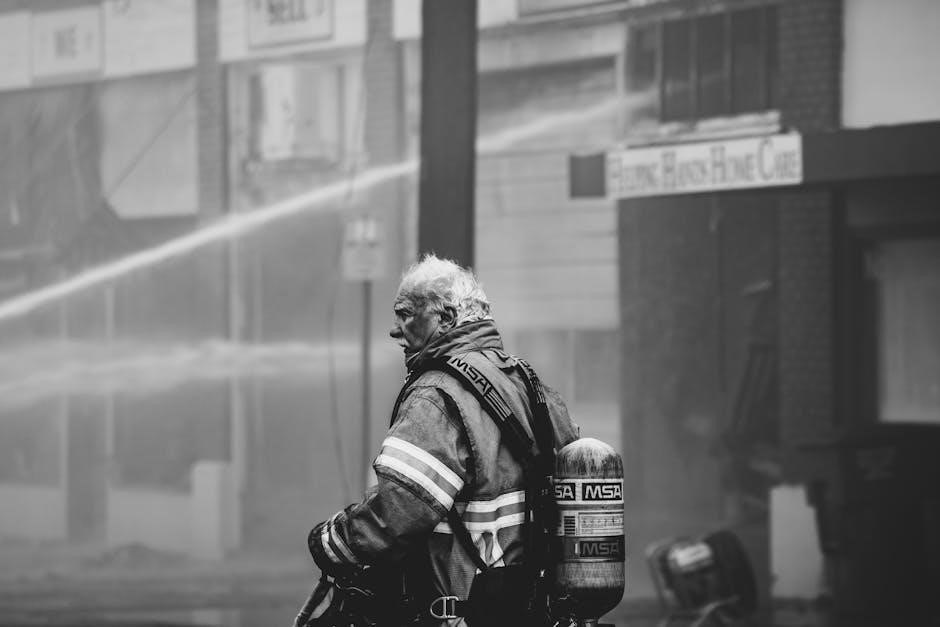
Fire Classes and Suitable Extinguishers
Understanding fire classes is crucial in selecting the right fire extinguisher. Fires are categorized into different classes based on the type of fuel involved. Each class requires a specific type of extinguishing agent to effectively suppress the fire and prevent re-ignition. Using the wrong extinguisher can be ineffective or even dangerous.
Class A fires involve ordinary combustibles like wood, paper, and textiles. Water extinguishers are suitable for these fires as they cool the fuel and extinguish the flames. Class B fires involve flammable liquids such as gasoline, oil, and solvents. Foam or carbon dioxide (CO2) extinguishers are effective as they smother the fire and cut off the oxygen supply.
Class C fires involve energized electrical equipment. It’s crucial to de-energize the equipment before attempting to extinguish the fire. CO2 extinguishers are ideal for these fires as they are non-conductive and won’t damage the equipment. Class D fires involve combustible metals like magnesium, titanium, and sodium. These fires require specialized dry powder extinguishers designed to react with and smother the burning metal.
Class F fires involve cooking oils and fats. Wet chemical extinguishers are specifically designed for these fires, as they saponify the oil and prevent it from splashing. Knowing the fire class and selecting the appropriate extinguisher is essential for safety and effective fire suppression.
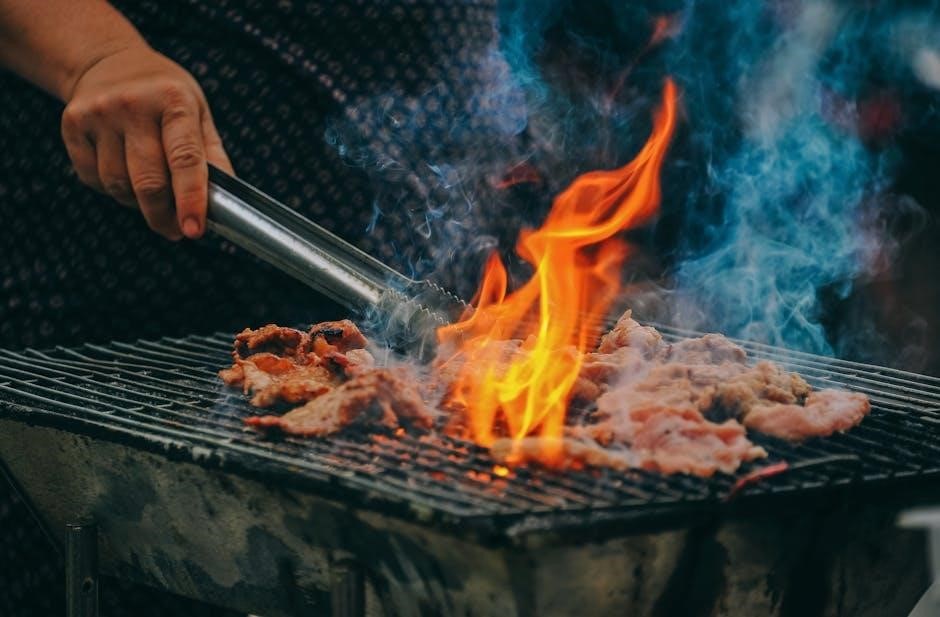
Fire Extinguisher Color Codes (UK)
In the UK, fire extinguishers are color-coded to facilitate quick identification and proper usage during a fire emergency. The color-coding system helps individuals instantly recognize the type of extinguisher and its suitability for different fire classes. This system ensures that the correct extinguisher is used, maximizing its effectiveness and minimizing the risk of exacerbating the fire.
The main body of all fire extinguishers in the UK is red, but a colored band indicates the type of extinguisher. Water extinguishers have a red band, signifying their use on Class A fires involving ordinary combustibles. Foam extinguishers feature a cream band, indicating their suitability for Class A and Class B fires involving flammable liquids.
Dry powder extinguishers are distinguished by a blue band, making them versatile for Class A, B, and C fires, as well as some Class D fires. Carbon dioxide (CO2) extinguishers have a black band, indicating their use on Class B and C fires, particularly those involving electrical equipment. Wet chemical extinguishers are marked with a yellow band, specifically designed for Class F fires involving cooking oils and fats.
Understanding these color codes is crucial for ensuring the correct extinguisher is used in an emergency, enhancing fire safety and minimizing potential damage.
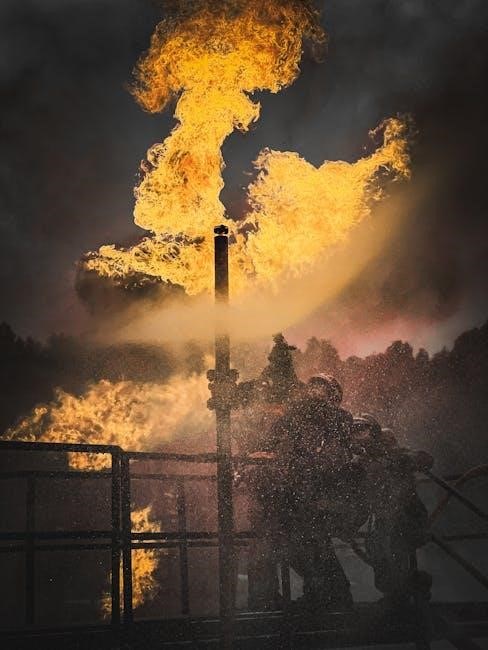
How to Choose the Right Fire Extinguisher
Selecting the appropriate fire extinguisher is paramount for ensuring effective fire suppression and safety. Begin by identifying potential fire hazards in the area where the extinguisher will be located. Different classes of fires require specific types of extinguishers, so understanding these distinctions is crucial.
For areas with ordinary combustibles like wood and paper (Class A fires), water or foam extinguishers are suitable choices. In environments where flammable liquids (Class B fires) are present, foam or carbon dioxide (CO2) extinguishers are more effective. For electrical fires (Class C), CO2 extinguishers are the preferred option due to their non-conductive properties.
If the area contains combustible metals (Class D fires), specialized dry powder extinguishers designed for metal fires are necessary. Kitchen environments with cooking oils and fats (Class F fires) require wet chemical extinguishers. Consider multi-purpose extinguishers that can handle multiple fire classes for broader coverage. Always check the fire extinguisher’s label for its fire class rating and ensure it meets the specific hazards present.
Regularly inspect extinguishers to ensure they are fully charged and in good working condition. Proper training on how to use each type of extinguisher is essential for all potential users.
